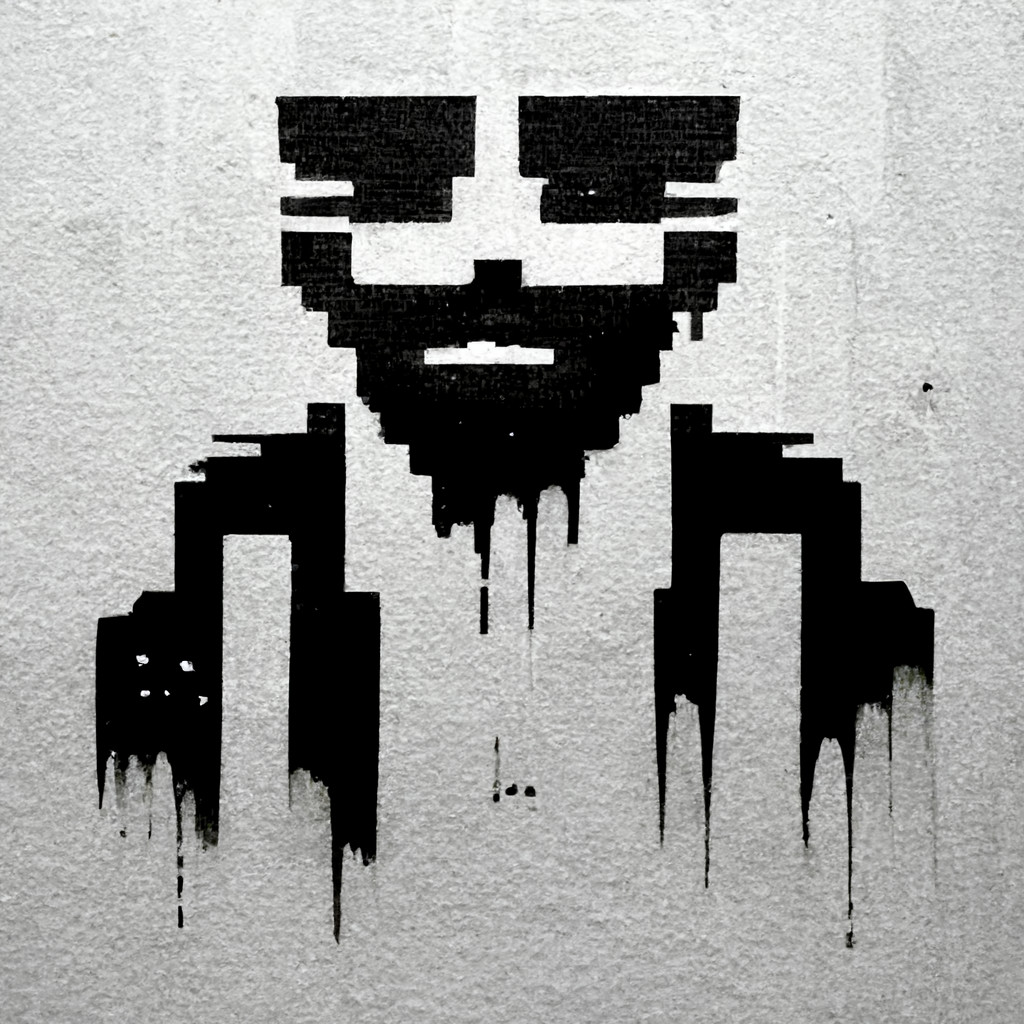Bonus points if there’s a known onomatopoeia to describe the sound.
“Myrornas krig”
“The war of the ants”
This goes so fucking hard
Which country/language? In Turkish, the idea is similar but the wording a bit different, “karıncalanma” (being ant-y) is commonly used. Same thing is also used for when a body part goes numb due to having it in weird position for some time, like sleeping with your arm under your body or sitting on the toilet too much and having your legs be numb.
There is also “parazit yapma” (making/doing parasites) used for the television thing.
Swedish (:
As for the numbness, if a foot goes numb, then we normally say that we “have sand in the foot” or that “the foot is asleep”
Ah, nice. Sand idiom does not ring a bell, but the “asleep” is quite common probably. In Turkish, the word for numb (uyuşmak) is actually derived from the word for sleeping (uyumak), so just wanted to share that, too.
Ive never heard the sand in foot as a Swede.
“Sand i foten” är ett ganska vanligt begrepp i min umgängeskrets
Får jag fråga vilken del av landet? Bott upp och ner västkusten och inte hört.
Nordöstra delen av Storstockholm
Nothing more fancy in Boston than “snow”.
Yeah that’s a common one, I wonder if it would seen as more or less commonly like that depending on how cold the local climate is.
California, here, and not any of the parts that get snow. (Closest we get is hail, which feels like it happens maybe twice a decade.) We called it “snow,” too. :)
French: “neige” is used. Yes, it means snow.
It’s χιόνι which means snow in Greece and we are not very cold.
That’s for sure
War of the ants
We called it static.
What prompted this question is some Japanese TV service ended this past weekend for a relative and the word to describe the static noise was “sand storm”.
Thought it might be interesting to hear what it’s called elsewhere.
So Japan still uses analog broadcast TV? Maybe it’s different for other US TVs, but since the switch to the digital broadcast system my TVs show black when a channel is not available. Snow has gone the way of the old test pattern of years ago.
Analog went offline in Japan around 2010/2011 if my memory serves me correctly, but some still have digital receivers that works with the RF jack. Now more or less it’s out of style and the static is just proverbial.
Schneesturm (snow storm) or Ameisenkrieg (ant war) in German.
We always called it Ameisenfußball (ant soccer).
Had the exact same two in my childhood and youth in Finland. Probably some nuance differences in language, but semantically very similar ones! Muurahaissota and lumisade 🕺
for me it was Ameisenrennen (ant race)
Snow
“the war of the ants” (myrornas krig)
/Sweden
Know the term ‘Ants Soccer’, quite similar (Germany)
Ameisen Fußball? Never heard of that, super cool
Snow or static. It’s cosmic microwave background radiation - the remnants of the big bang.
Some of it is cosmic background radiation - it’s also machine vibrations, manufacturer defects, power line radiation, and nearby appliances. The more remote and well shielded you are the more likely it’s pure background radiation… but in a big city it’s likely to be local radiation sources. The inverse square law has a big role here.
Always called it “Ant races”
deleted by creator
Me too! It was about 30 years ago for me.
That’s neat! What’s your country/region?
Oregon, USA about 30 years ago
deleted by creator
Flimmer
That’s cool. Something like “flickering”, I would guess?
Yeah, pretty much. It’s danish btw 🙂
In Poland it was „śnieży” (snowing).
How’s that pronounced? Sorry for coming achoo with too many cultural questions
…and if you are interested in the sound of static rather than the image, then the Polish word is: „szumi”. This can be approximated in English as: ‘shoomy’. The ‘sz’ sound does sound like static.
The funny thing is that our ‘sz’ (in „szumi”) and ‘ś’ (in „śnieży”) usually sound exactly the same to English or French speakers, while for us they are quite distinct sounds.
I am not even able to write it phonetically in English. Ask Google Translate - its pronunciation is close-enough.
In IPA it is: /ɕɲɛʑɨ/
It’s snow
Back in the days when we all had antennas and cable hadn’t been born yet, the static stations were a great thing to watch if there might be a tornado in your area. Apparently if one formed, it would significantly change the look of the snow on the TV and give you a warning to quickly head to the basement. I never actually saw it happen, but there were a couple times we had local warnings and my parents plopped me down to keep an eye on the TV.
Never heard about this. Interesting tid bit.
I remember getting our first tv about 1982 I think.
I actually started questioning whether this was something my parent’s told me to keep me busy, but turns out it’s a real thing.
That is an interesting source. Thanks for the link!
We called it the “Chinese rice fight”
…the 80s was a different time lol
Hahaha, if you remove the stereotype and reference to China, it makes for a reasonable approximation of the visuals and sound, imagining a torrent of rice being blasted at you.






